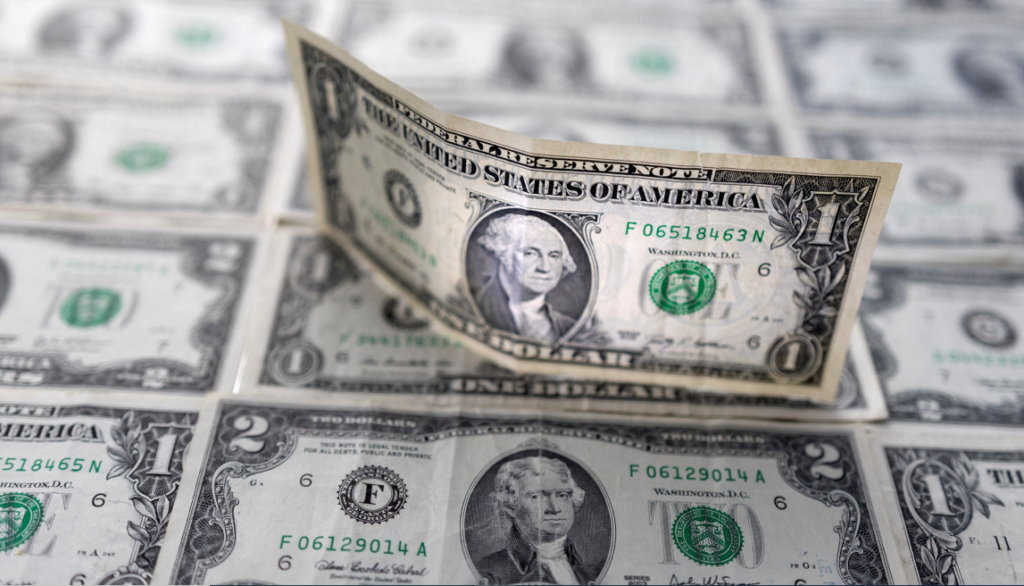The US Dollar (USD) is bottoming out at the start of a new week, with no big movers to report from the Asia-Pacific or European sessions. The US has a public holiday on Monday, so no economic data or Fed speakers are on the docket. Meanwhile, more focus on China this Monday as stock markets are disappointed by the smaller-than-expected stimulus package from the Chinese government. US Secretary of State Antony Blinken has talked with China president Xi Jinping.
In terms of data, this week’s focus will mainly be on housing as several figures, such as housing starts, building permits, and existing home sales, will be reported. Data pointing to a sharp deterioration in the housing sector could be perceived as a negative for the US Dollar and could see it becoming weaker on the back of these numbers. Many Fed speakers will also be taking the stage this week, with the main event for US Fed Chairman Jerome Powell, who is set to deliver his semi-annual speech before US Congress on Wednesday. Closing the week, there will be the preliminary prints from S&P Global Manufacturing and Services Purchasing Managers Index (PMI) for June.
Daily Digest: US Dollar Advances In Babysteps
- US President Joe Biden has said on television that he does not seek a new Cold War. As Blinken and Xi spoke, Biden repeated that China and the US are responsible for managing ties between the two nations.
- The European Central Bank (ECB) has told banks to brace for harsher stress tests and meaningful results.
- US Secretary of State Blinken has met Chinese Foreign Minister Wang Yi and President Xi. Talks were constructive, and both parties underlined the importance of communication and upholding this relationship to stay on the right track.
- In the wake of the Blinken-Wang Yi meeting, Wang Yi said the US must stop the downward spiral of ties between the two countries. China-US ties need to be back on a stable track, he said.
- Nearly all stock markets in Asia and Europe are on the back foot as traders are disappointed by the less-impactful stimulus package from China. US equity futures are all mildly in the red.
- The CME Group FedWatch Tool shows that markets are pricing a 74.4% chance of a 25 basis points (bps) hike on July 26th. Overall, the point of view here seems to be just one more hike and done, as all other futures for 2023 are pointing to an unchanged rate level. The market is challenging the view of the Fed’s Dot-Plot curve, which shows most Fed members see two more hikes this year.
- The benchmark 10-year US Treasury bond yields 3.76%, unchanged due to the official bank holiday in the US.
US Dollar Index Technical Analysis: DXY Prints Little Uptick
The US Dollar is licking its wounds after last week’s turbulent and downbeat performance. With the US holiday this Monday, the Greenback remains afloat and is marginally booking some profits left and right, triggering a slight 0.10% gain in the US Dollar index (DXY). Should the DXY refrain from breaking below 102, a bounce higher could be in the cards later this week.
On the upside, the 55-day Simple Moving Average (SMA) at 102.55 has turned from support into resistance. Should the DXY recover further today or this week, look for the 103.00 psychological level as the next big challenge to the upside. The 100-day SMA at 103.05 will be essential to reach should the DXY want to advance further.
On the downside, the psychological level near 102.00 is the only element upholding DXY. Once price action starts to reside below it, expect another nosedive move for the US Dollar Index toward 100.82. That means a challenge for this year’s low would imply a substantial devaluation for the Greenback.
How Is US Dollar Correlated With US Stock Markets?
US stock markets will likely turn bearish if the Federal Reserve goes into a tightening cycle to battle rising inflation. Higher interest rates will ramp up the cost of borrowing and weigh on business investment. In that scenario, investors will likely avoid taking high-risk, high-return positions. As a result of risk aversion and tight monetary policy, the US Dollar Index (DXY) should rise while the broad S&P 500 Index declines, revealing an inverse correlation.
During times of monetary loosening via lower interest rates and quantitative easing to ramp up economic activity, investors are likely to bet on assets expected to deliver higher returns, such as shares of technology companies. The Nasdaq Composite is a technology-heavy index, and it is expected to outperform other major equity indexes in such a period. On the other hand, the US Dollar Index should turn bearish due to the rising money supply and the weakening safe-haven demand.

